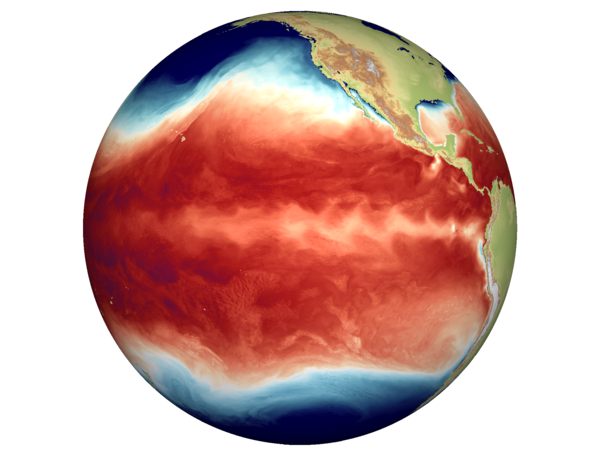주메뉴
- About IBS 연구원소개
-
Research Centers
연구단소개
- Research Outcomes
- Mathematics
- Physics
- Center for Underground Physics
- Center for Theoretical Physics of the Universe (Particle Theory and Cosmology Group)
- Center for Theoretical Physics of the Universe (Cosmology, Gravity and Astroparticle Physics Group)
- Dark Matter Axion Group
- Center for Artificial Low Dimensional Electronic Systems
- Center for Theoretical Physics of Complex Systems
- Center for Quantum Nanoscience
- Center for Exotic Nuclear Studies
- Center for Van der Waals Quantum Solids
- Center for Relativistic Laser Science
- Chemistry
- Life Sciences
- Earth Science
- Interdisciplinary
- Center for Neuroscience Imaging Research (Neuro Technology Group)
- Center for Neuroscience Imaging Research (Cognitive and Computational Neuroscience Group)
- Center for Algorithmic and Robotized Synthesis
- Center for Genome Engineering
- Center for Nanomedicine
- Center for Biomolecular and Cellular Structure
- Center for 2D Quantum Heterostructures
- Institutes
- Korea Virus Research Institute
- News Center 뉴스 센터
- Career 인재초빙
- Living in Korea IBS School-UST
- IBS School 윤리경영


주메뉴
- About IBS
-
Research Centers
- Research Outcomes
- Mathematics
- Physics
- Center for Underground Physics
- Center for Theoretical Physics of the Universe (Particle Theory and Cosmology Group)
- Center for Theoretical Physics of the Universe (Cosmology, Gravity and Astroparticle Physics Group)
- Dark Matter Axion Group
- Center for Artificial Low Dimensional Electronic Systems
- Center for Theoretical Physics of Complex Systems
- Center for Quantum Nanoscience
- Center for Exotic Nuclear Studies
- Center for Van der Waals Quantum Solids
- Center for Relativistic Laser Science
- Chemistry
- Life Sciences
- Earth Science
- Interdisciplinary
- Center for Neuroscience Imaging Research (Neuro Technology Group)
- Center for Neuroscience Imaging Research (Cognitive and Computational Neuroscience Group)
- Center for Algorithmic and Robotized Synthesis
- Center for Genome Engineering
- Center for Nanomedicine
- Center for Biomolecular and Cellular Structure
- Center for 2D Quantum Heterostructures
- Institutes
- Korea Virus Research Institute
- News Center
- Career
- Living in Korea
- IBS School
News Center
Climate Whiplash Effects Due to Rapidly Intensifying El Niño CyclesA new study published in the journal Nature Communications reveals that the El Niño-Southern Oscillation (ENSO), a key driver of global climate variability, is projected to undergo a dramatic transformation due to greenhouse warming. Using high-resolution climate models (Figure 1), a team of researchers from South Korea, the USA, Germany, and Ireland found that ENSO could intensify rapidly over the coming decades and synchronize with other major climate phenomena, reshaping global temperature and rainfall patterns by the end of the 21st century.
The study projects an abrupt shift within the next 30-40 years from irregular El Niño-La Niña cycles to highly regular oscillations, characterized by amplified sea surface temperature (SST) fluctuations (Figure 2). “In a warmer world, the tropical Pacific can undergo a type of climate tipping point, switching from stable to unstable oscillatory behavior. This is the first time this type of transition has been identified unequivocally in a complex climate model,” says Prof. Malte F. STUECKER, lead author of the study and Director of the International Pacific Research Center at the University of Hawaiʻi at Mānoa, USA. “Enhanced air-sea coupling in a warming climate, combined with more variable weather in the tropics, leads to a transition in amplitude and regularity,” he adds. According to the high-resolution computer model simulations analyzed in the study, the stronger and more regular ENSO cycles are also expected to synchronize with other climate phenomena, including the North Atlantic Oscillation (NAO), the Indian Ocean Dipole (IOD), and the Tropical North Atlantic (TNA) mode, similar to how multiple weakly connected pendulums adjust to swinging with the same frequency. “This synchronization will lead to stronger rainfall fluctuations in regions such as Southern California and the Iberian Peninsula, increasing the risk of hydroclimate ‘whiplash’ effects,” says Prof. Axel TIMMERMANN, corresponding author of the study and Director of the IBS Center for Climate Physics at Pusan National University, South Korea. “The increased regularity of ENSO could improve seasonal climate forecasts; however, the amplified impacts will necessitate enhanced planning and adaptation strategies,” he adds.
The research utilized the Alfred Wegener Institute Climate Model (AWI-CM3), with 31 km horizontal resolution in the atmosphere and 4-25 km in the ocean, to simulate climate responses under a high-emission greenhouse gas scenario. Observational data and simulations from other climate models were also analyzed to validate the findings. “Our simulation results, which some other climate models support, show that ENSO’s future behavior could become more predictable, but its amplified impacts will pose significant challenges for societies worldwide,” says Dr. Sen ZHAO, co-lead author of the study and researcher at the University of Hawaiʻi at Mānoa. The new study in Nature Communications highlights the potential for anthropogenic climate change to fundamentally alter the characteristics of ENSO, and its interactions with other climate processes, even in regions far away from the equatorial Pacific, such as Europe. “Our findings underscore the need for global preparedness to address intensified climate variability and its cascading effects on ecosystems, agriculture, and water resources,” says Prof. Axel TIMMERMANN. In the future, the team will explore the underlying global synchronization processes also in other high-resolution climate model simulations, including those with 9 km and 4 km resolution recently conducted at the IBS Center for Climate Physics on the Aleph supercomputer in South Korea. Notes for editors
- References
- Media Contact
- About the Institute for Basic Science (IBS)
- About ICCP |
| before |
|---|
- Content Manager
- Public Relations Team : Yim Ji Yeob 042-878-8173
- Last Update 2023-11-28 14:20













